
READ ALL ABOUT IT
Since 2012, I’ve been writing about books. And the act of reading. And the importance of story and narrative. But, mostly, the underlying theme of all I write is how taking a moment to stop and digest some longform text — instead of scrolling, instead of watching a video, instead of multitasking — can be one of the most grounding things we can do for ourselves. Here’s the one-stop online home for all this writing.
You can read more about me and my work by moseying over here. Want to peruse periodic “essay drops” — excerpts from my work-in-progress essay collection about Homesickness? Here ya go.

Bad, Bad Girl
I adored Bad, Bad Girl. And it’s not just because I adore Gish Jen. (I was gobsmacked when she agreed to participate in MetroWest Readers Fest. My fan tendencies were in overdrive and she was sooo lovely.)

The Correspondent
Last year, I posted about the novel Summerwater and how I felt like Sarah Moss employed the theme of “surprise.” (And also that I on occasion have kept a “surprise” journal.) Here’s what has turned into one of the most ~surprising~ novels of 2025. I was first introduced to The Correspondent by Virginia Evans from my friend because she had been given a copy soon after it was published by someone who is mentioned in the acknowledgements. (Hi, Margaret Ann, if you see this.)
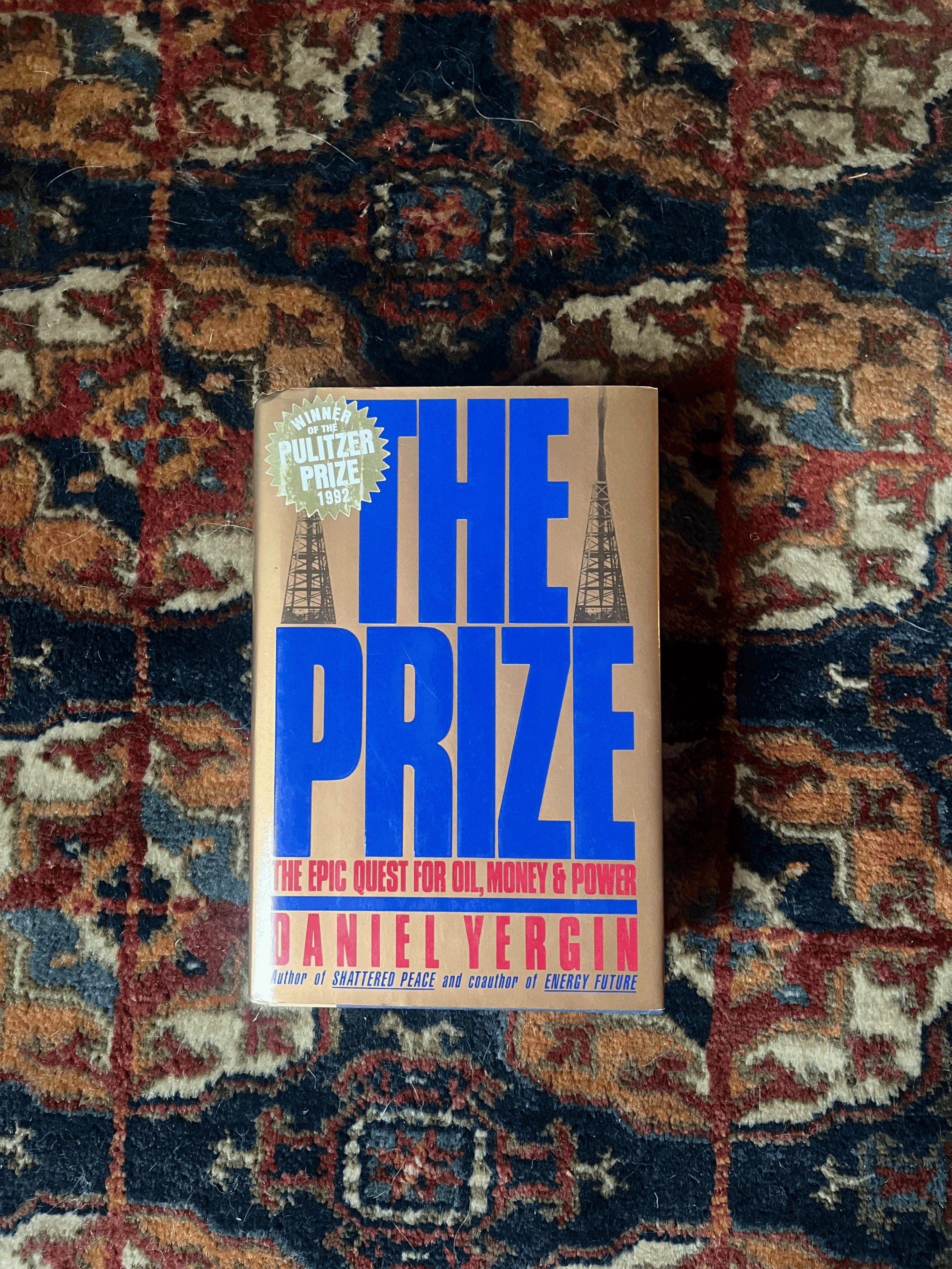
Reading Got Matt a Job
Here’s a little story about how a book played a part in my husband’s career trajectory. Yes, my husband MATT who doesn’t read books. (Except for RAWTS and btw, we have a new selection but it’s gonna have to wait until 2026: Then We Came to the End by Joshua Ferris.)

The Road to Tender Hearts
Ok, The Road to Tender Hearts is a BOP. A book that’s a bop?

The Wall
[Some scribbled notes…the kind that get my brain going when I’m trying to figure out what I want to say:]

‘Our Time Turn to Fable’
Here’s one of the houses where we lived in Ireland. Matt was in Dublin last week and had dinner at our (former) next-door neighbors’ house. Looks like they’ll be getting new neighbors again.
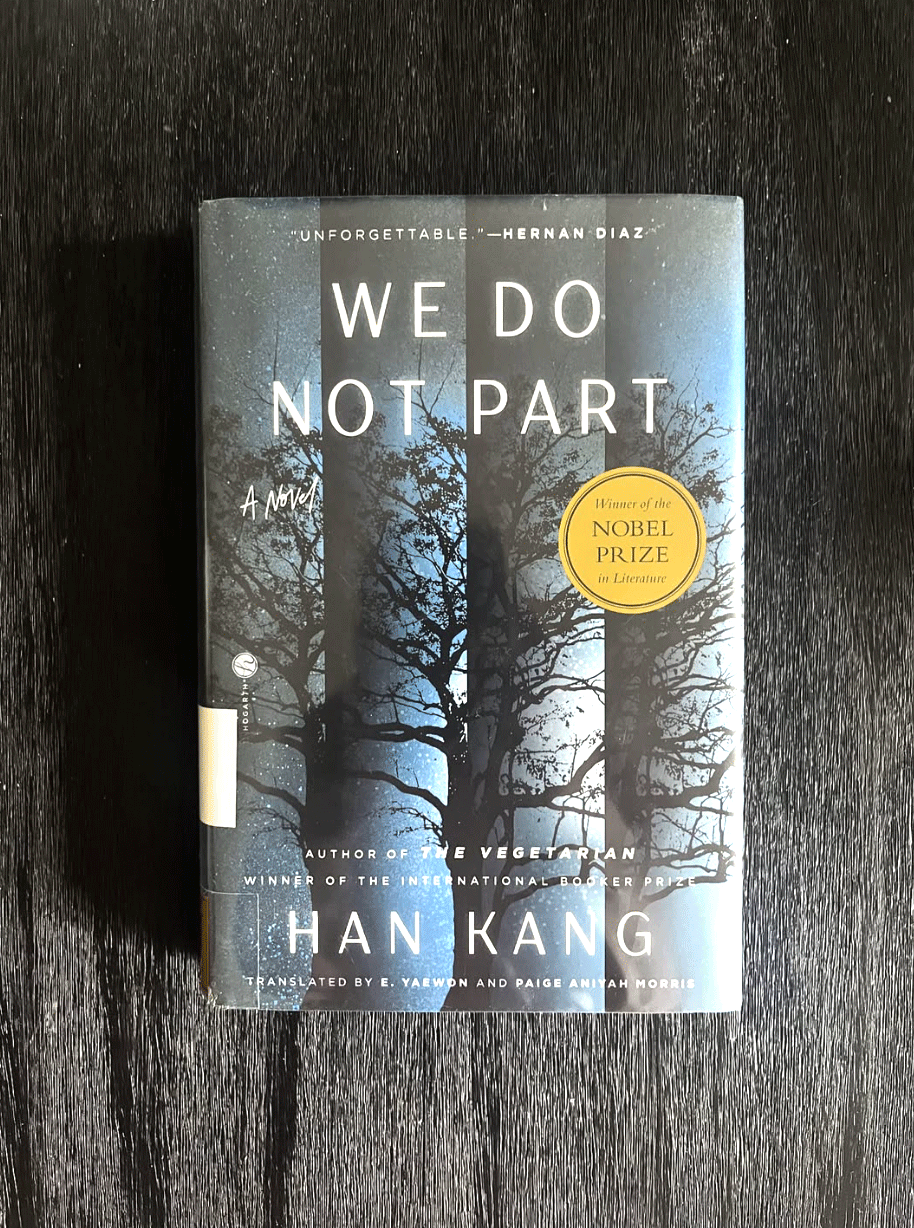
We Do Not Part
We Do Not Part: A fixation on hands and touch and how we can mend and create but also pierce and cut … and maybe, too, a declaration that idleness (“idle hands” and all that) can prevent something from being revealed.

New Words Coming Soon
I hadn’t walked this part of First Ward in a while; last time that I recall, this building was adorned with “New Words Coming Soon!” So, I guess the words have come — and they are good.

Nostalgia v Memory (and The Whistling Season)
“The Rembrandt light of memory, finicky and magical and faithful at the same time, as the cheaper tint of nostalgia never is.” — The Whistling Season (Ivan Doig)

Three Days in June
Curling up in stripy pajamas and polka dot socks to finish the Anne Tyler book that you started on the plane home the other day and soaking in the simple (but not, like, “simple” as in one-dimensional) stories of normal people who Tyler has made up (of course…because it’s fiction) but nonetheless…

Imaginary Museums
This is Shel Silverstein for adults. But not like “for adults” with an “only” tagged at the end.
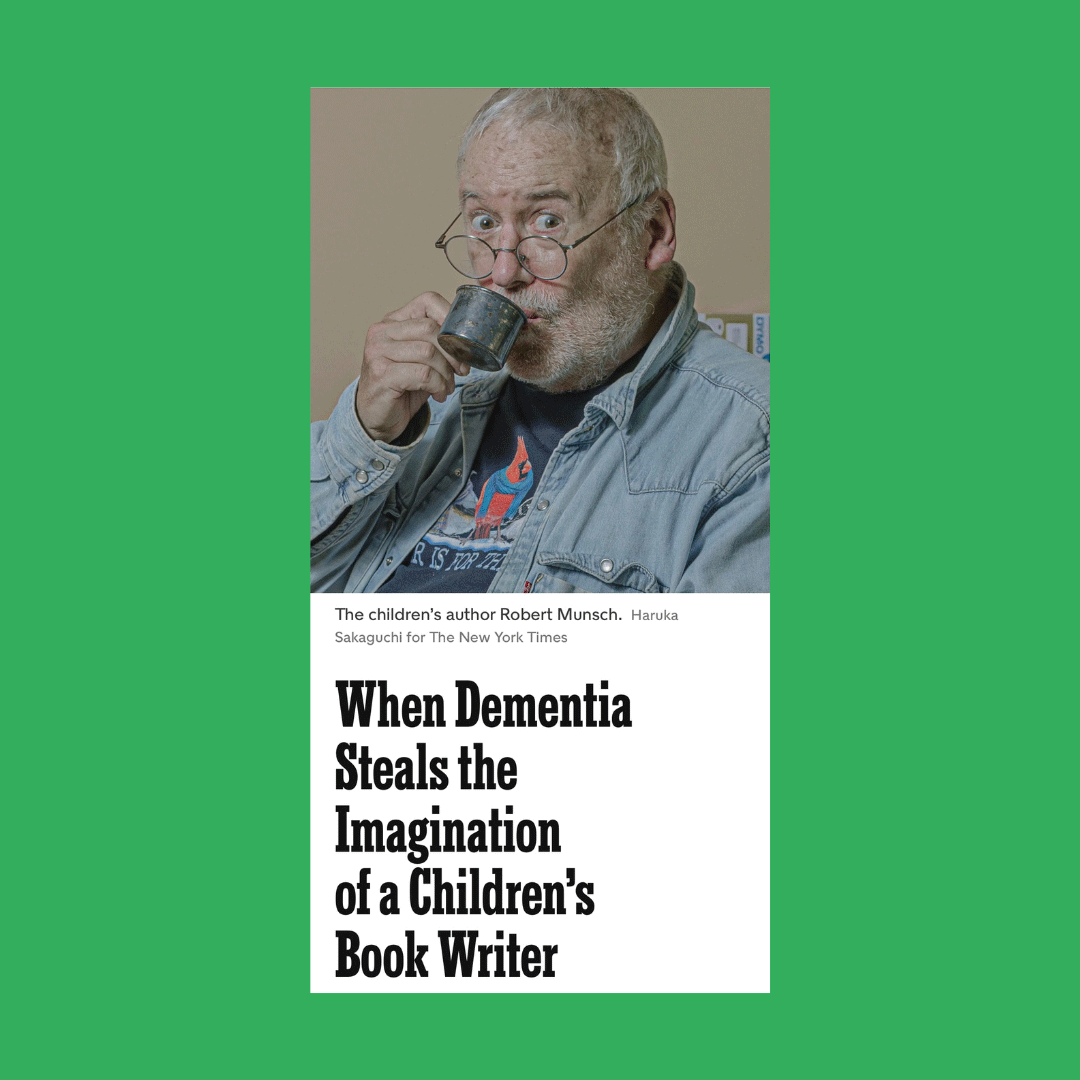
Robert Munsch, Not Celebs
What makes a good children’s book?

Great Expectations
“It’s never good to be a fanatic,” said my teacher. I have no recollection of the context; pretty sure she was directing us in a Gilbert & Sullivan production, so maybe she didn’t want us to get fanatical about gondoliers.
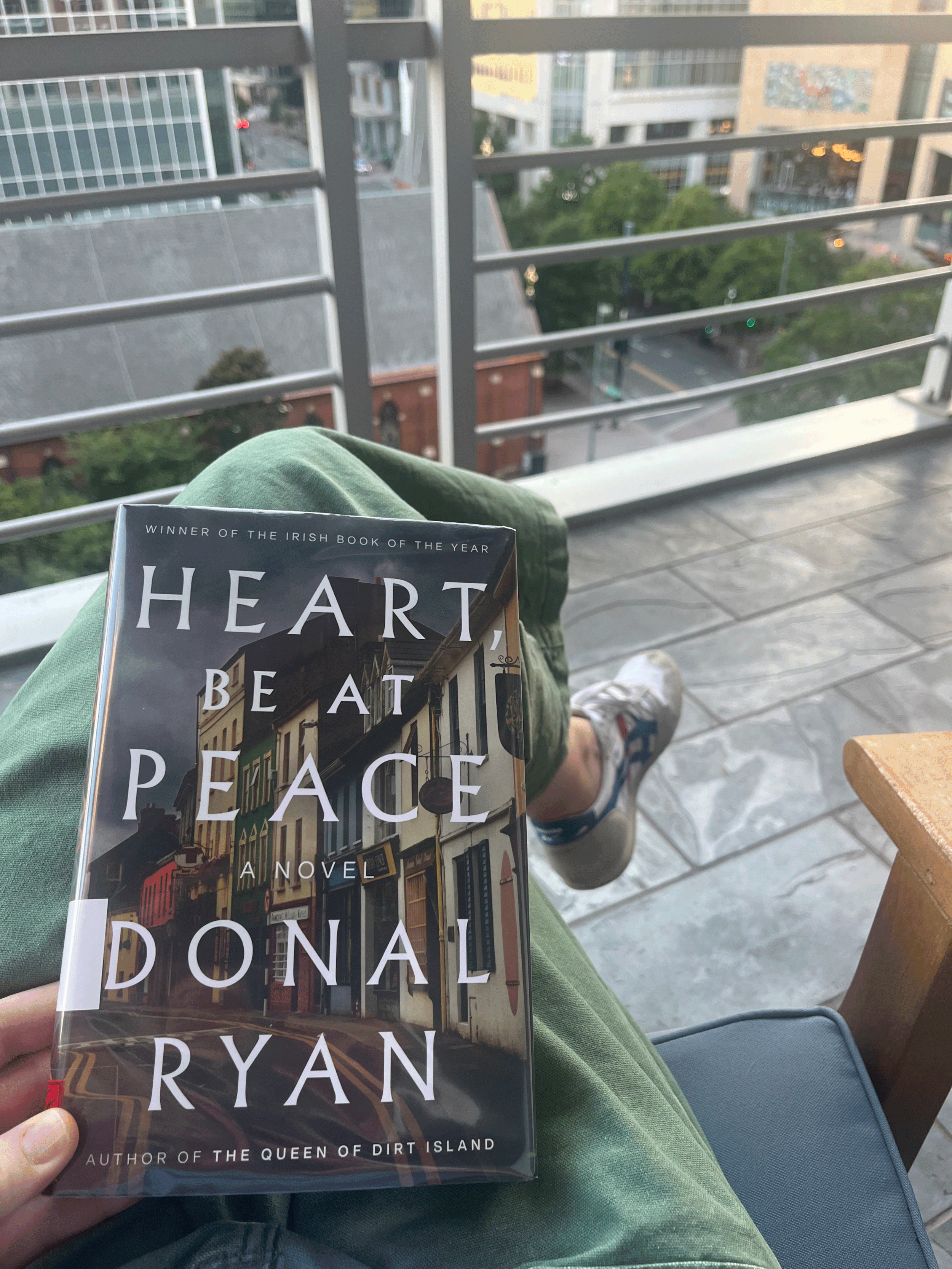
Heart Be at Peace
I’ve been thinking about what it means to not just live — but to cultivate, and maybe even cultivate with aplomb (!) — a small life. Which mine is. And I suspect that applies to the great majority of us.
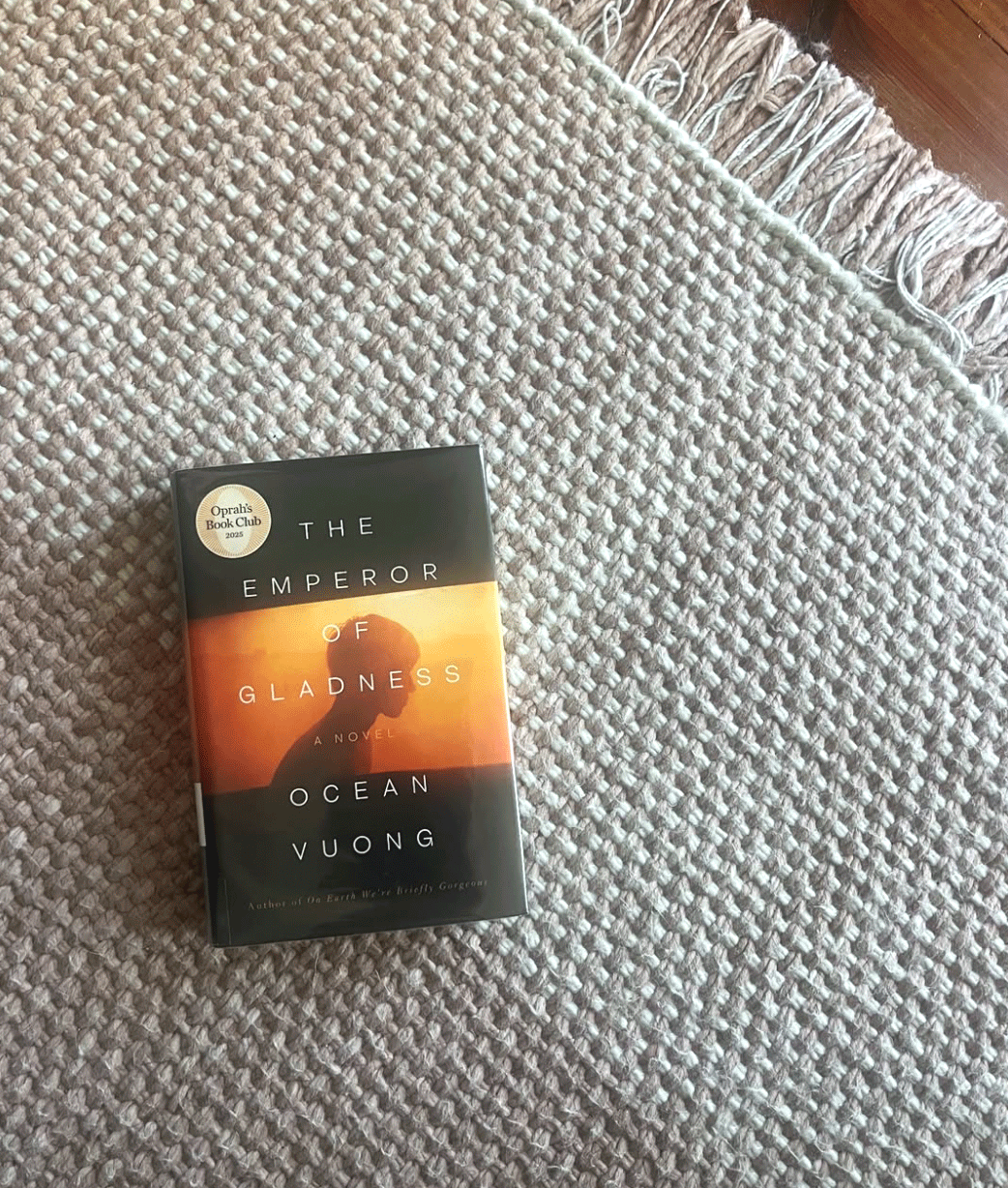
The Emperor of Gladness
I suppose the main thing I took away from The Emperor of Gladness — Ocean Vuong’s second novel, the one that Oprah selected for her book club — is that sometimes the people we are meant to be the closest to are actually the farthest from us.
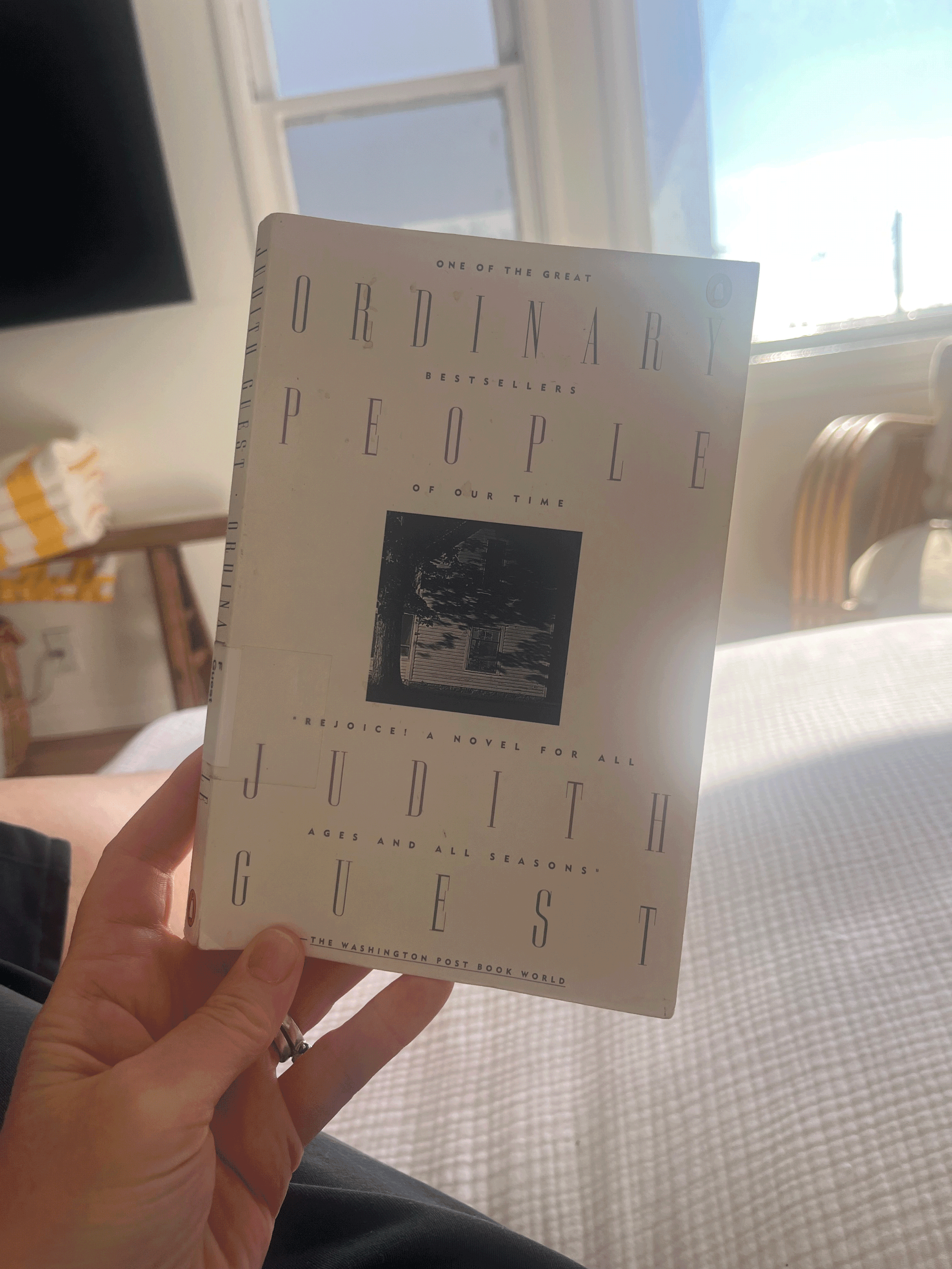
Ordinary People
A novel that reads like a play that was, actually, made into an extremely popular movie directed by Robert Redford…

Orbital
Something I think about — way too much probably — is whether or not it is possible to live in a vacuum. (Not saying I want to! Just that I find it sort of fascinating, speaking as someone who has lived in many different places.) How much, and to what degree, do our contexts and cultures influence the core of our beings?
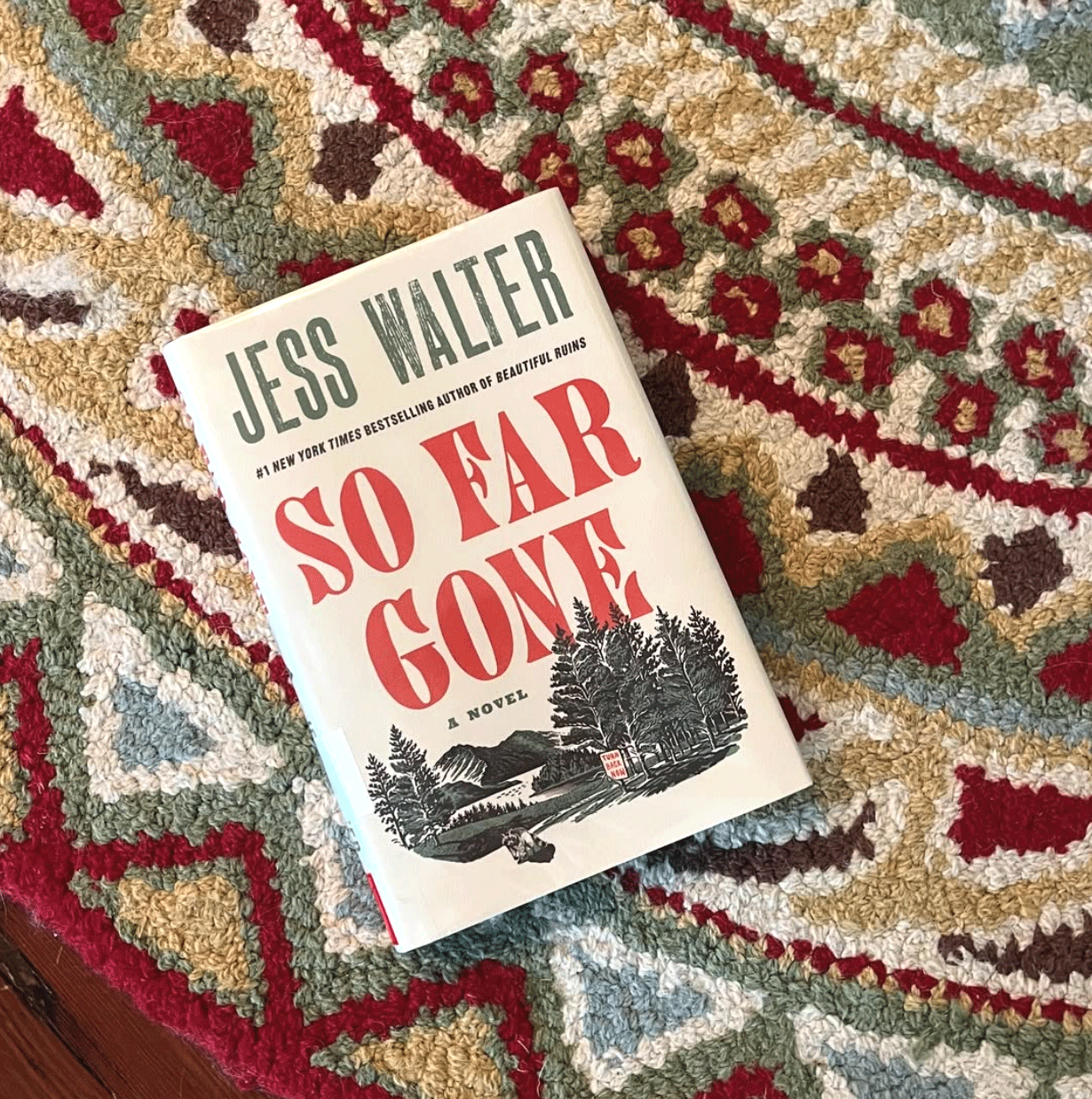
So Far Gone
We saw The Head and the Heart last week. (Awesome show!) They didn’t play one of my favorites, and I can see it being a bit maudlin for a concert at an outdoor amphitheater anyway. It’s called “One Big Mystery” and is marked with “life’s one big mystery” as a repeated line. Simple stuff, but a true statement nonetheless.
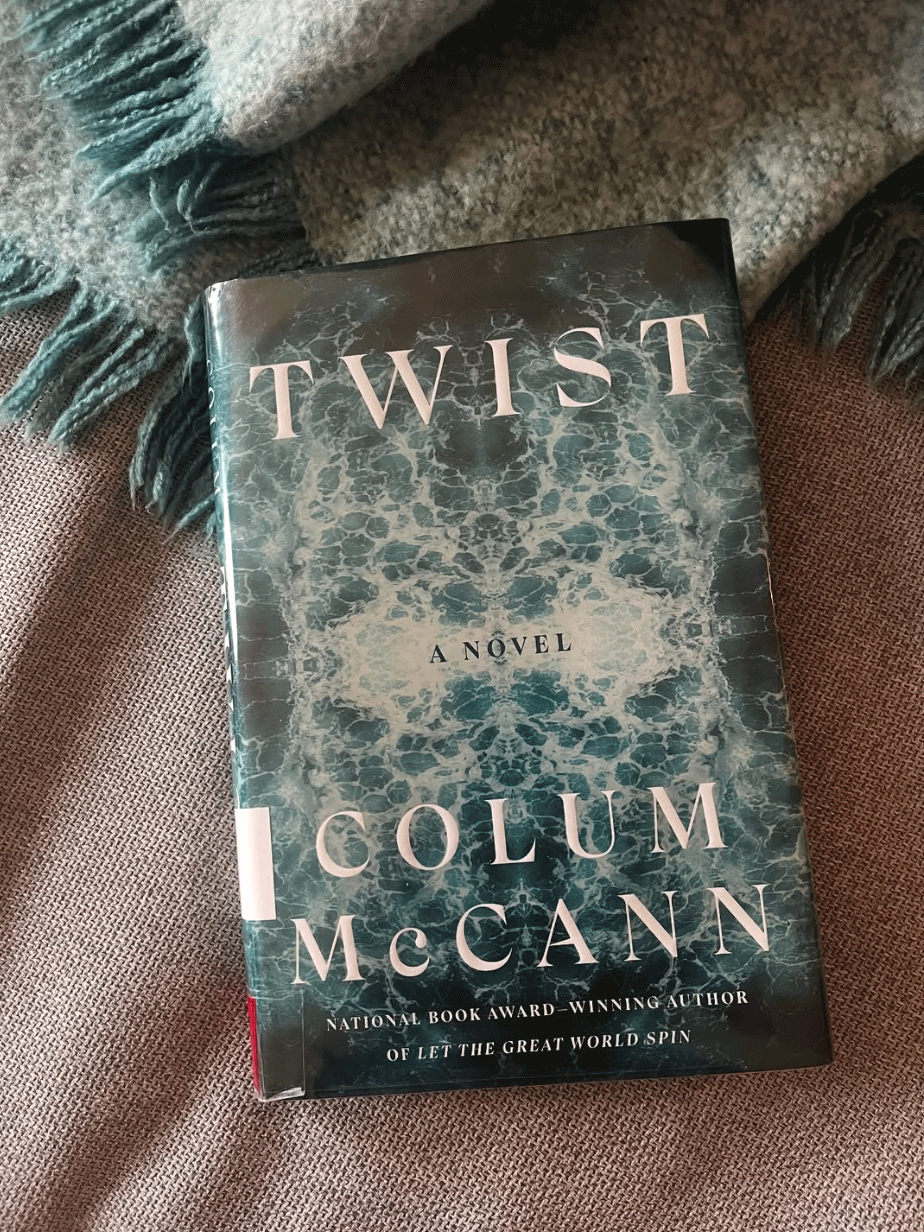
Twist
My first job at a magazine included tasks like fact checking, proofing, as well as administrative minutiae such as taping an assortment of an editor’s handwritten taxi receipts to paper so that I could photocopy this collated masterpiece and then FAX it to someone in “corporate.” (🎶 It was the 90s. 🎶)
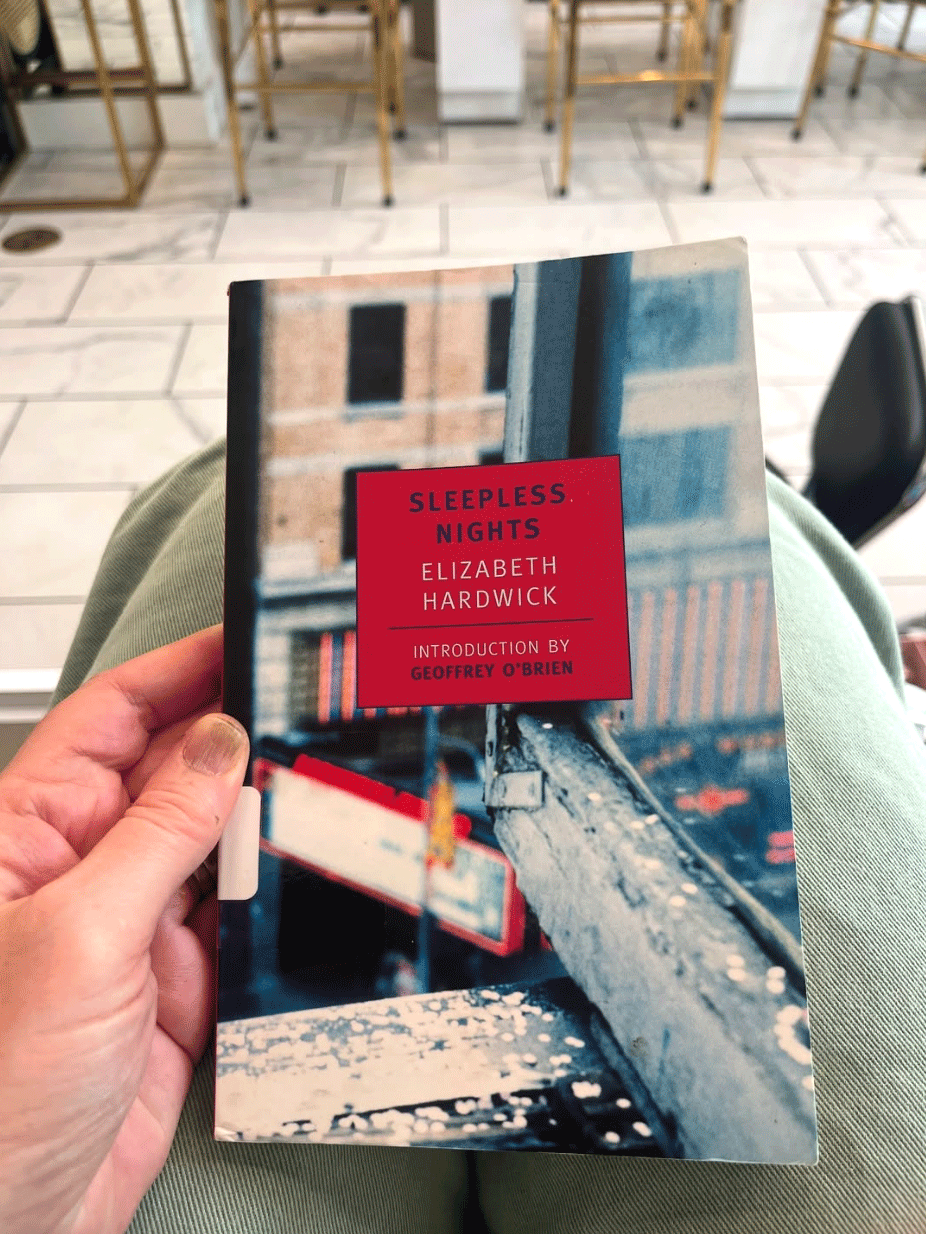
Sleepless Nights
Just this morning, I explained to someone my “geographic trajectory” (let’s abbreviate it to “GT” to be cozy about it, although to be clear, I’m not referring to a cozy G&T), and it kind of blew her mind. Not because my GT — the “I’ve lived here” version of push-pins on a map — is so amazing or unique, but because she just had no idea. Basically: “How’d you end up here?” And further, “I’ve never been remotely near where you’re from.”

